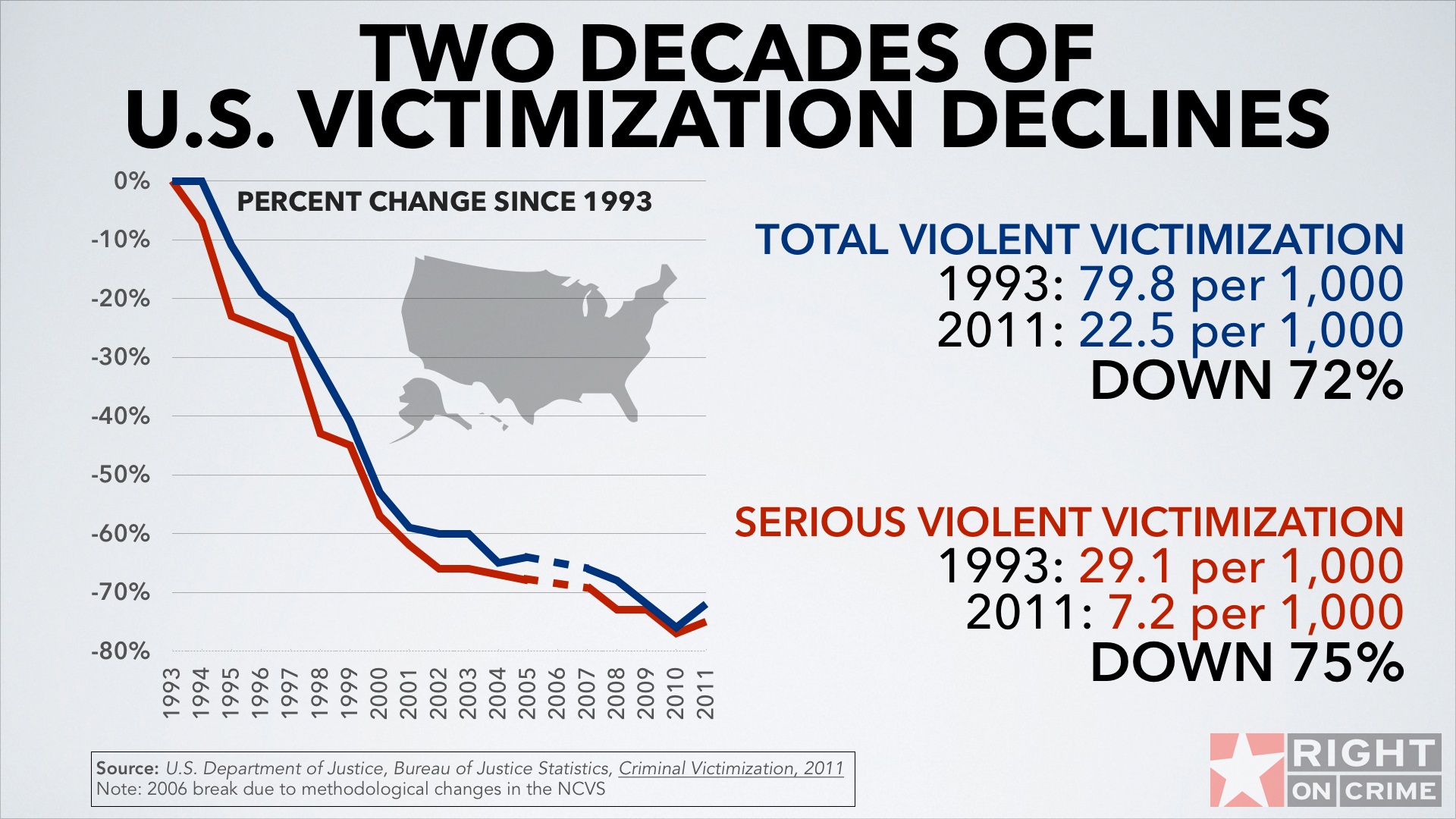
WHEN RUDY GIULIANI RAN FOR MAYOR of New York City in 1993, he campaigned on a platform of bringing down crime and making the city safe again. It was a comfortable position for a former federal prosecutor with a tough-guy image, but it was more than mere posturing. Since 1960, rape rates had nearly quadrupled, murder had quintupled, and robbery had grown fourteenfold. New Yorkers felt like they lived in a city under siege.
Throughout the campaign, Giuliani embraced a theory of crime fighting called "broken windows," popularized a decade earlier by James Q. Wilson and George L. Kelling in an influential article in The Atlantic. "If a window in a building is broken and is left unrepaired," they observed, "all the rest of the windows will soon be broken." So too, tolerance of small crimes would create a vicious cycle ending with entire neighborhoods turning into war zones. But if you cracked down on small crimes, bigger crimes would drop as well.
Giuliani won the election, and he made good on his crime-fighting promises by selecting Boston police chief Bill Bratton as the NYPD's new commissioner. Bratton had made his reputation as head of the New York City Transit Police, where he aggressively applied broken-windows policing to turnstile jumpers and vagrants in subway stations. With Giuliani's eager support, he began applying the same lessons to the entire city, going after panhandlers, drunks, drug pushers, and the city's hated squeegee men. And more: He decentralized police operations and gave precinct commanders more control, keeping them accountable with a pioneering system called CompStat that tracked crime hot spots in real time.
The results were dramatic. In 1996, the New York Times reported that crime had plunged for the third straight year, the sharpest drop since the end of Prohibition. Since 1993, rape rates had dropped 17 percent, assault 27 percent, robbery 42 percent, and murder an astonishing 49 percent. Giuliani was on his way to becoming America's Mayor and Bratton was on the cover of Time. It was a remarkable public policy victory.
But even more remarkable is what happened next. Shortly after Bratton's star turn, political scientist John DiIulio warned that the echo of the baby boom would soon produce a demographic bulge of millions of young males that he famously dubbed "juvenile super-predators." Other criminologists nodded along. But even though the demographic bulge came right on schedule, crime continued to drop. And drop. And drop. By 2010, violent crime rates in New York City had plunged 75 percent from their peak in the early '90s.
All in all, it seemed to be a story with a happy ending, a triumph for Wilson and Kelling's theory and Giuliani and Bratton's practice. And yet, doubts remained. For one thing, violent crime actually peaked in New York City in 1990, four years before the Giuliani-Bratton era. By the time they took office, it had already dropped 12 percent.
Second, and far more puzzling, it's not just New York that has seen a big drop in crime. In city after city, violent crime peaked in the early '90s and then began a steady and spectacular decline. Washington, DC, didn't have either Giuliani or Bratton, but its violent crime rate has dropped 58 percent since its peak. Dallas' has fallen 70 percent. Newark: 74 percent. Los Angeles: 78 percent.
There must be more going on here than just a change in policing tactics in one city. But what?
Alan: For the rest of the story, see
No comments:
Post a Comment